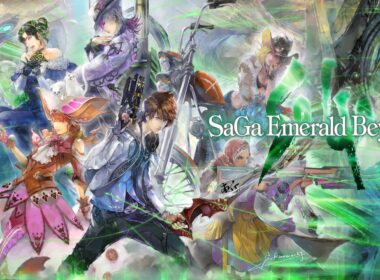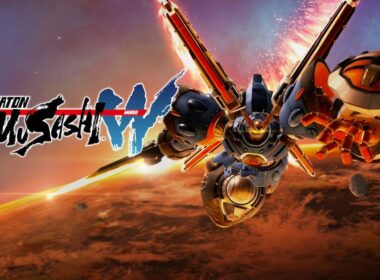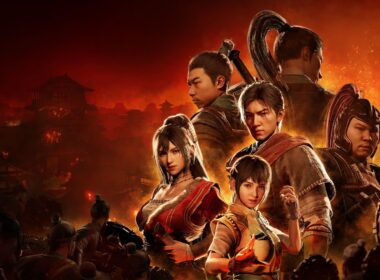The Nintendo Switch has presented publishers with an opportunity to find success and reach a new audience and the folks at Bandai Namco Entertainment have taken that opening to heart. Whether it’s by providing the platform with quality RPGs like Tales of Vesperia: Definitive Edition or challenging adventure games like Dark Souls Remastered, Bandai Namco has been at the ready to support the Nintendo Switch with variety and quality software. The God Eater franchise first gained popularity on Sony’s PlayStation Portable and PS Vita, but now it is making its Nintendo debut with the release of God Eater 3 for Nintendo Switch. It’s better late than never.
At first glance, many will compare God Eater 3 to that of Capcom’s Monster Hunter series; but that comparison, though fair, is incomplete. Comparing God Eater 3 to Monster Hunter may be an apt way of giving a basic premise; however, it also does the God Eater franchise a disservice. With several successful installments having now been released, the series is strong enough to stand on its own merits and should no longer be confined to the shadows of Monster Hunter.
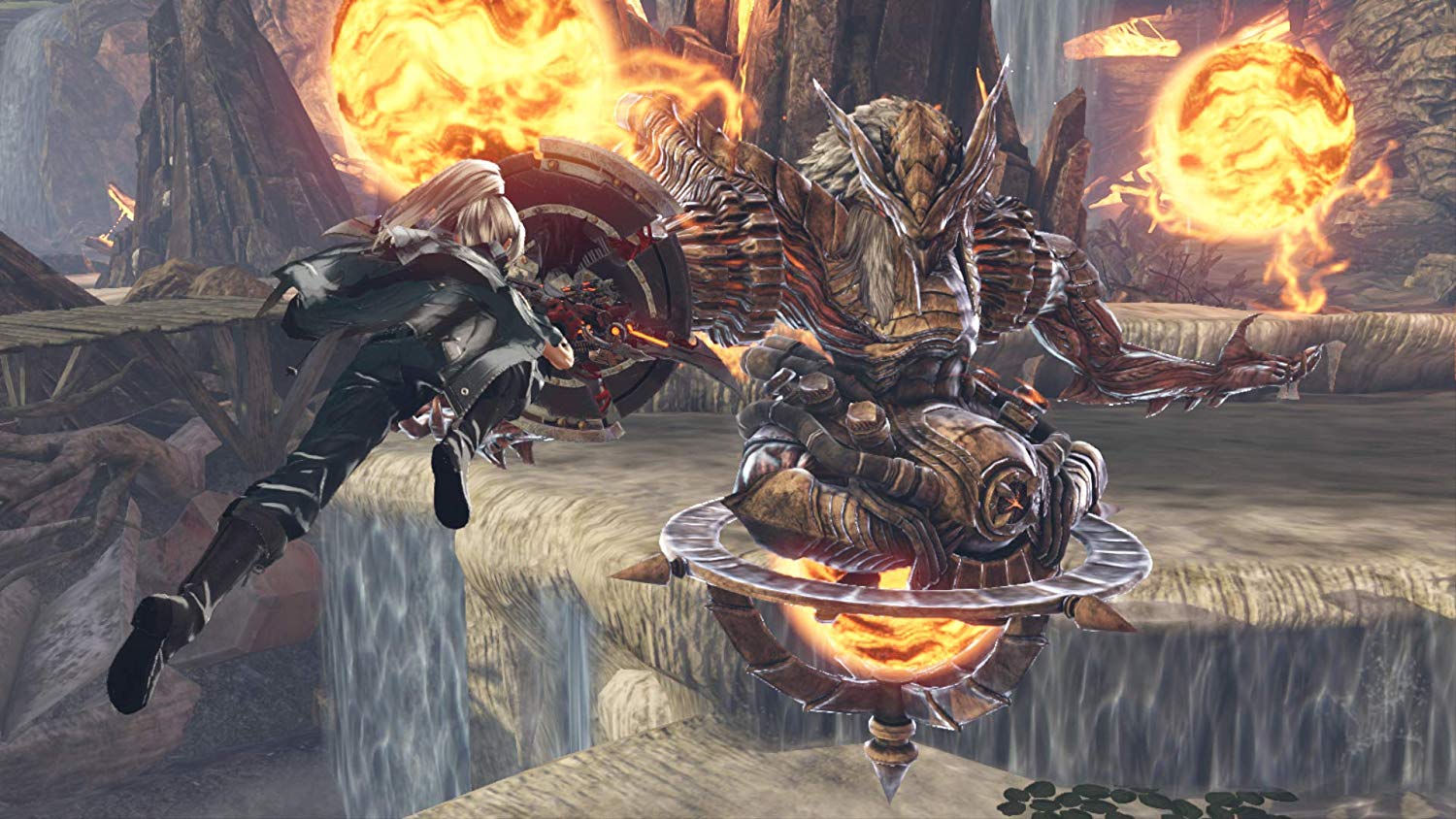
One area that differentiates God Eater 3 from the Monster Hunter series is the use of narrative. Admittedly, the game’s story isn’t the most in-depth tale ever told, but the premise is intriguing – even if not utilized to its full potential. God Eater 3 takes place in a post-apocalyptic world where the citizens live in fear of the Ashlands. This enigmatic entity’s origin is unknown, but with a mere touch, they can turn things to ash. In an act of desperation, survivors escaped underground and built bases – referred to as Ports. Within these Ports, they were able to birth a new strain of God Eaters, denoted as AGE – or Adaptive God Eaters. This specific breed of God Eaters shows a form of resistance to the Ashlands.
That the general premise of the God Eater 3 narrative; however, the storyline indirectly expands throughout the game. Over the course of your adventure, you’ll stumble upon upgrade terminals and with those, you’ll be able to research and investigate the database to discover extra information on characters, events, and the Ashlands. This direction of storytelling is ancillary and may not please all, but unearthing additional storyline information via this means plays into the game’s post-apocalyptic setting – i.e. reliable information is tough to ascertain, and the best means is through computer databases.
You may be asking yourself: “What exactly is God Eater 3?” God Eater 3 is an action-RPG that tasks the player with battling threatening creatures known as Aragami. Upon completing a mission and defeating the Aragami risk, you’ll obtain loot that can then be used to upgrade your equipment or used to build new weapons, equipment, and items. Missions have you fight different forms of Aragami, each with their strengths and weaknesses. Discovering the best means of defeating an Aragami foe promptly is part of the game’s lure, but the fast-paced combat and expansive weapon catalog certainly aid in expanding the game’s entertainment value.
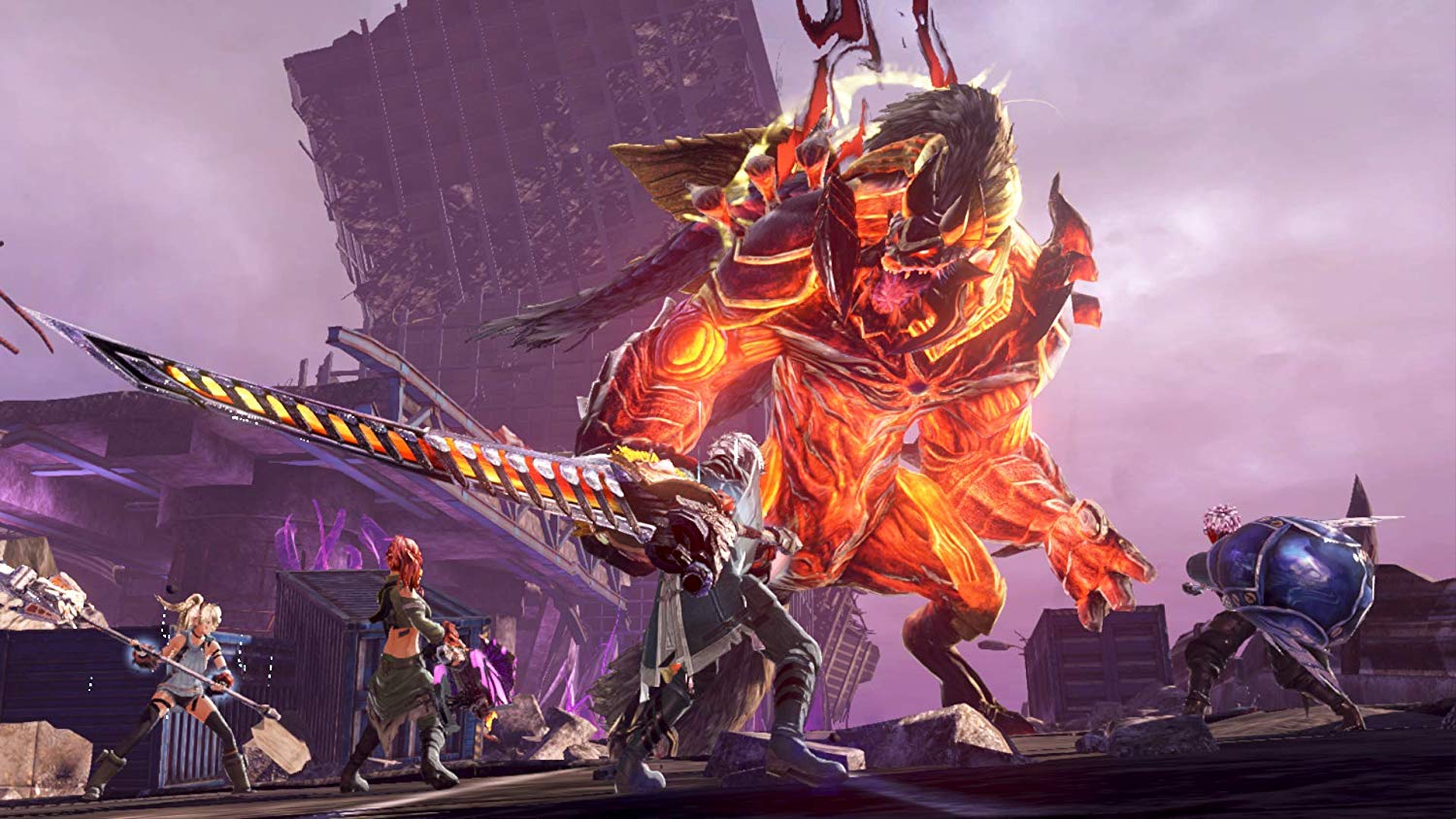
On the surface, there are similarities to the mission structure and combat systems between God Eater 3 and Monster Hunter but the two differ enough that a direct comparison cannot be made. Monster Hunter offers more depth than what you’ll find with God Eater 3, but that doesn’t mean God Eater 3 is inferior. Different things appeal to different appeal, and while some may find Monster Hunter’s depth and deeper mechanics to be compelling, others may find it overwhelming and distracting. God Eater 3 may be more simplistic in terms of overall design but feels more streamlined and focused.
Combat in God Eater 3 is fast and encounters rarely last more than a handful of minutes. Some may take longer if you are poorly equipped or fail to take advantage of attack openings and opportunities. Generally, however, most encounters are brief, though intense, affairs. This setup style makes God Eater 3 an excellent game for short bursts, but the high encounter rate may begin to feel a bit repetitious if you plan to play for long periods.
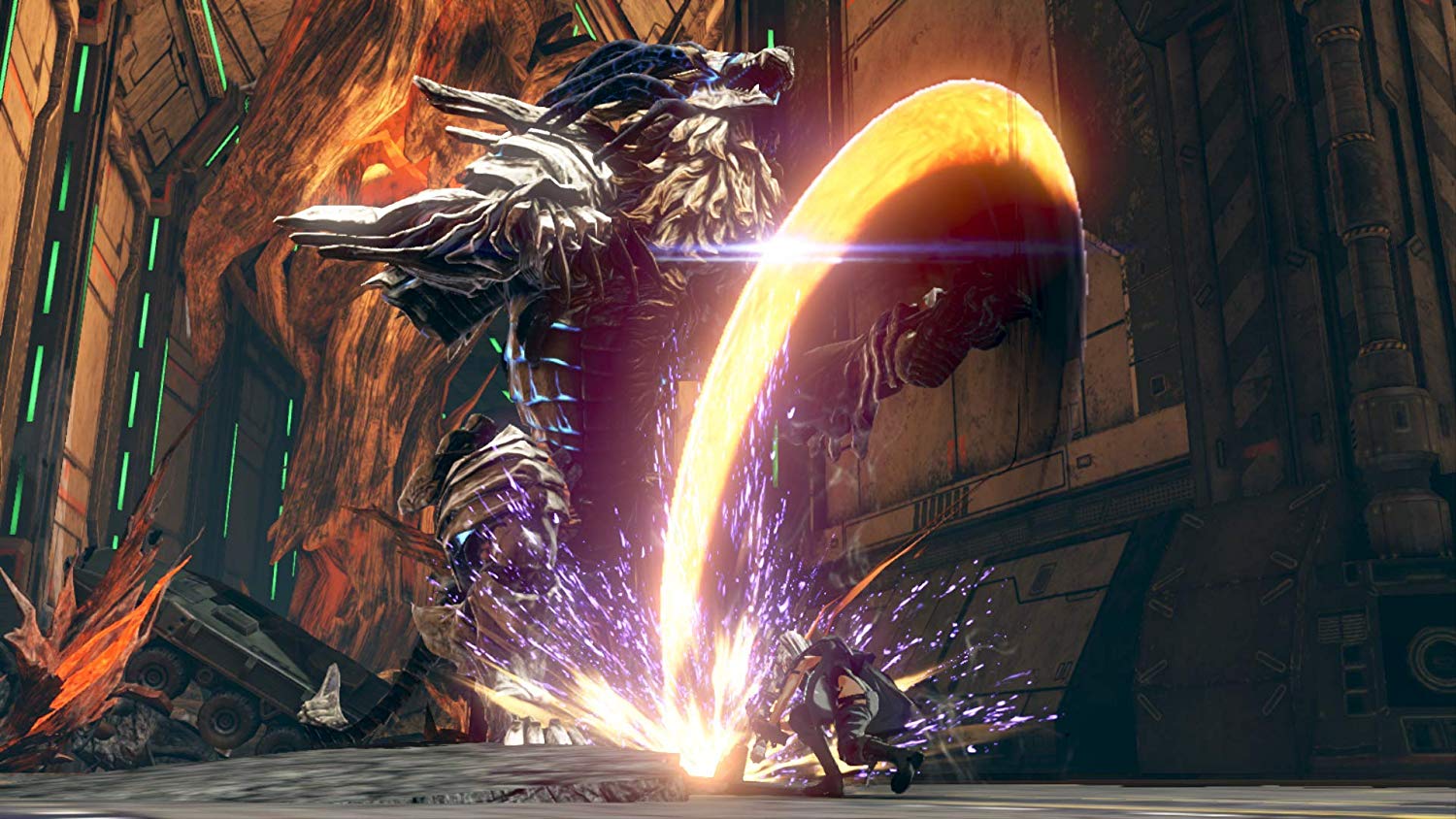
The Aragami themselves offer a nice sense of diversity and variety. With different class and sizes – small, medium, large and Ashborn, the Aragami have distinct looks and abilities to match their class and appearance. Furthermore, larger Aragami found in the Medium, Large and Ashborn class have breakable parts on their body. Destroying these areas will reward you bonus items. Each Aragami has a natural element that is their strength, but this, in turn, makes them susceptible to other elements. For example, a Fall Blast Spider with the Ice element will be weak to Lightning-based attacks. If you are equipped well, you’ll be able to make quick work of Aragami foe and reward yourself with bonus items and other materials for a job well done.
While God Eater 3 can be enjoyed in solo-play, there is also a substantial co-op multiplayer mode to consider. Teaming with up to eight players, God Eater 3 multiplayer tasks players with Assault Missions. These missions have a simple objective: defeat a powerful Aragami foe within the allotted time window. There is enjoyment to be found in this mode if you can get a party together. The Switch’s online community isn’t well populated at the moment, but if you know someone with the game or planning to buy the game in the future, you can always coordinate for some online co-op fun.
God Eater 3 isn’t a substitute for the lack of Monster Hunter on the Nintendo Switch. It is its own thing and should be treated as such. God Eater 3 has an interesting world to explore and the post-apocalyptic setting suits the tone of the game well. The fast-paced and intense combat is fun but is best enjoyed in shorts bursts.
Version Tested: Nintendo Switch
Review copy provided by Bandai Namco Entertainment

